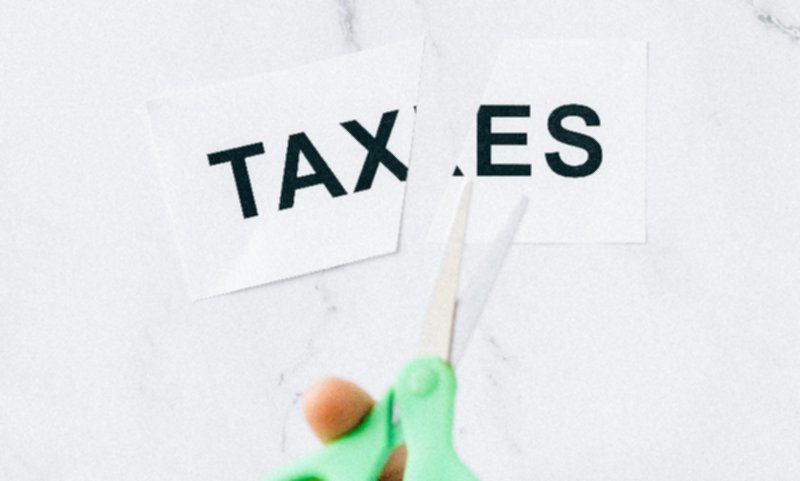Dividends In Tax Return: How to Report & Why They’re Split Across Tax Years?
Complete Guide to Dividend Taxation with Practical Examples for UK Taxpayers
Over £48 billion in dividends were paid to UK shareholders last year, but 37% of taxpayers make errors in their dividend reporting, risking an average of £1,200 in penalties and underpaid tax.
Understanding Dividend Taxation
Dividends are payments made by companies to shareholders from profits after corporation tax. Unlike salary income, dividends have:
- A tax-free dividend allowance (£500 for 2024/25, reducing to £1,000 for 2023/24)
- Different tax rates than income tax
- No National Insurance contributions
- Special reporting requirements on tax returns
Why Dividends Are Split Across Tax Years
Dividends are taxed based on the date they're paid, not when they're declared or earned. This creates tax year splits because:
Company Year-End: 31st March 2024
Final Dividend Declared: 15th May 2024
Payment Date: 30th June 2024
Tax Year: 2024/25 (6th April 2024 - 5th April 2025)
This dividend falls entirely in the 2024/25 tax year despite relating to 2023/24 profits.
Common Splitting Scenarios:
- Interim dividends: Paid during the accounting year
- Final dividends: Declared after year-end but often paid in next tax year
- Special dividends: One-off payments that can cross tax years
Current Dividend Tax Rates (2024/25)
| Tax Band | Income Threshold | Dividend Tax Rate | Effective Rate |
|---|---|---|---|
| Dividend Allowance | First £500 | 0% | Tax-free |
| Basic Rate | £0 - £37,700 | 8.75% | 33.75% with corporation tax |
| Higher Rate | £37,701 - £125,140 | 33.75% | 58.75% with corporation tax |
| Additional Rate | Over £125,140 | 39.35% | 64.35% with corporation tax |
How to Report Dividends on Your Tax Return
Step 1: Gather Your Documents
- Dividend vouchers from all companies
- Bank statements showing dividend payments
- P60 if you have employment income
- Records of any dividend tax credits
Step 2: Complete the SA100 Tax Return
On the main tax return form, you'll need:
- Box 3: Dividends from UK companies
- Box 4: Dividends from foreign companies
- Box 5: Stock dividends
- Box 6: Non-qualifying distributions
Step 3: Fill in the Dividend Tax Calculation
The tax calculation works as follows:
Example Calculation for 2024/25:
Total dividends: £40,000
Other income: £35,000
Personal allowance: £12,570
Dividend allowance: £500
Taxable income:
Salary: £35,000 - £12,570 = £22,430 (basic rate)
Dividends: £40,000
First £500 dividends: 0% tax = £0
Next £15,270 dividends: 8.75% = £1,336
Remaining £24,230 dividends: 33.75% = £8,178
Total tax due: £9,514
Practical Examples
Sarah - Marketing Consultant
Salary: £28,000
Dividends: £12,000
Personal allowance: £12,570
Dividend allowance: £500
Calculation:
Taxable salary: £28,000 - £12,570 = £15,430
Basic rate band remaining: £37,700 - £15,430 = £22,270
Dividends within basic rate: £12,000 - £500 = £11,500
Tax @ 8.75%: £11,500 × 8.75% = £1,006.25
John - IT Contractor
Salary: £8,632 (minimum director's salary)
Dividends: £80,000
Personal allowance: £12,570 (fully used)
Dividend allowance: £500
Calculation:
Basic rate band: £37,700
Dividends in basic rate: £37,700 - £8,632 = £29,068
Tax @ 8.75%: £29,068 × 8.75% = £2,543.45
Higher rate dividends: £80,000 - £500 - £29,068 = £50,432
Tax @ 33.75%: £50,432 × 33.75% = £17,020.80
Total tax: £19,564.25
Common Mistakes to Avoid
| Mistake | Consequence | Solution |
|---|---|---|
| Reporting declared date instead of payment date | Wrong tax year allocation | Use actual payment date from bank statements |
| Forgetting to use dividend allowance | Overpaying tax | Always deduct £500 first |
| Mixing dividend and salary tax rates | Incorrect tax calculation | Calculate separately then combine |
| Missing foreign dividend reporting | Penalties for undeclared income | Include all worldwide dividends |
Special Considerations
Bed and Breakfasting Rules
If you sell shares and buy them back within 30 days, the dividend rights may be matched with the purchase, affecting the tax treatment.
Accumulation Units
Even if dividends are reinvested automatically, they still count as taxable income in the year they're credited.
Joint Shareholdings
Dividends from jointly-owned shares are typically split 50/50 for tax purposes, regardless of actual ownership percentages.
Need Help With Dividend Tax Reporting?
Our tax specialists can ensure your dividend income is reported correctly and help you minimize your tax liability.
Get Dividend Tax Advice

